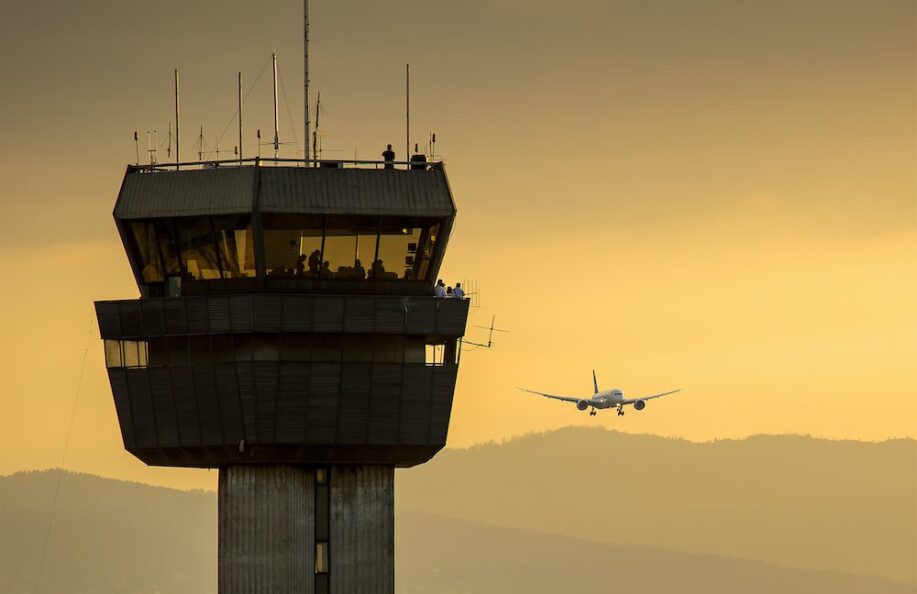FAA Plans Major Overhaul of Aging Air Traffic Control Systems
On Wednesday, Acting FAA Administrator Chris Rocheleau addressed the House Appropriations Committee, announcing plans to replace the Federal Aviation Administration’s outdated air traffic control systems, which currently rely on floppy disks and Windows 95 computers. This ambitious initiative has garnered bipartisan support and seeks to modernize a critical infrastructure that has been in use for decades.
Current State of Air Traffic Control Technology
Presently, most air traffic control towers across the U.S. operate with technology reminiscent of the late 20th century. Controllers often rely on paper strips to manage aircraft movements and utilize antiquated methods for transferring data, such as floppy disks. Rocheleau emphasized, “The whole idea is to replace the system. No more floppy disks or paper strips.”
Transportation Secretary Sean Duffy echoed Rocheleau’s sentiments, labeling this project as "the most important infrastructure project that we’ve had in this country for decades." This highlights the urgency and significance of updating the systems that ensure aviation safety.
The Case for Modernization
While many experts agree that the current air traffic control system performs reliably, the need for modernization is clear. Sheldon Jacobson, a professor at the University of Illinois who has analyzed aviation safety risks, argues that although the system works well, the upgrade is essential to prevent potential failures. The aviation industry coalition Modern Skies has also been vocal in advocating for these changes, recently releasing an advertisement to raise awareness about the outdated technology in use.
Despite the system’s relative reliability, concerns about sustainability loom large. Fifty-one of the FAA’s 138 systems are considered unsustainable because of outdated technologies and diminishing availability of replacement parts.
Challenges and Comparisons
Interestingly, the older technologies have provided certain unforeseen benefits, such as shielding air traffic control from large-scale outages experienced by other industries, like the CrowdStrike incident in 2024. However, this reliability is not a solid foundation for the future. The FAA’s struggle is not unique; cities like San Francisco still operate train control systems on DOS loaded from 5.25-inch floppy disks, with updates not expected until 2030 due to budget constraints. Similarly, Japan faces challenges in modernizing government records reliant on floppy disks.
Engineering Hurdles Ahead
Modernizing the air traffic control system is not merely a matter of replacing hardware. It involves complex engineering challenges that must ensure continuous 24/7 operations, as any interruption could jeopardize aviation safety. Proper planning is critical to implementing a new system without compromising the existing operations.
Conclusion: A Path Forward
The planned overhaul of the FAA’s air traffic control systems is a bold move towards securing the safety and efficiency of the United States’ airspace. While modernizing infrastructure is often fraught with challenges, this initiative serves as a reminder of the importance of investing in technological advancements. By addressing outdated systems, the FAA aims to not only enhance operational capabilities but also adapt to the evolving landscape of the aviation industry. The potential impact of these changes could resonate across multiple sectors, leading to safer skies and more efficient travel for millions.









